30 F. high in the Twin Cities Friday.
26 F. average high on February 6.
4 F. high on February 6, 2014, after waking up to - 11 F.
1" snow on the ground at MSP International Airport.
February 6, 1857: Snowstorm dumps around 9 inches of snow at Fort Snelling.
Model Envy
It
took me 6 college calculus courses to remind me that I'm no math whiz.
But the ocean of air overhead is a fluid, governed by the laws of
physics. Using advanced partial differential equations we can simulate
how this fluid SHOULD move in the future.
Weather models are less
reliable in the winter, when jet stream winds blow faster. In 1976 there
was one model (LFM). Today NOAA runs numerous models, like the high-res
3 km HRRR for the next 15 hours - and global GFS guidance looking out
16 days.
ECMWF
stands for European Center for Medium Range Weather Forecasting. The
Europeans have put all their time, money and research into one model.
It's generally thought to be better than NOAA's models, especially
making forecasts beyond 6 days.
In the wake of the ECMWF
out-performing U.S. models during "Sandy" Congress authorized $45
million to upgrade 2 supercomputers. And the new, higher-res GFS just
did better during New York's recent snowy near-miss than the "Euro". I
wouldn't bet against NOAA over the long haul.
No weather drama
close to home: a shot at 40F today, a brush with slush next Tuesday - no
extended bouts of subzero air in sight.
We'll see more snow and wind chill, but the coldest days of winter are behind us now.
* 18z Monday, February 9 model simulation; GFS upper left, ECMWF upper right, courtesy of WSI.
Nowhere To Put The Snow.
Residents of New England are watching the next clipper diving across
the Great Lakes, destined to pull more Atlantic moisture into Hartford,
Providence, Portland and Nashua. Boston may pick up another significant
snowfall, a few inches then a changeover to rain. 100% chance of a mess.
60-hour 4km NAM accumulated snowfall product: NOAA and Aeris Weather.
Cold, But Still Not Polar.
We'll see a few more subzero swipes in February, but the pattern still
doesn't favor a holding pattern similar to last year. Winds aloft are
generally stronger, with more of a zonal, Pacific influence than last
winter. 500 mb jet stream winds Friday evening, February 20 are blowing
from western Canada; a modified Pacific flow that shouldn't be too cold.
Map: GrADS:COLA/IGES.
A Family Of Alberta Clippers.
It's been a relatively quiet start to February; nothing resembling a
"storm" in the classic sense, just a series of fast-moving disturbances
dropping out of Canada. Dr. Mark Seeley takes a look at clippers in this
week's edition of
Minnesota WeatherTalk; here's a clip: "...
Additionally
Alberta Clippers usually usher in colder air from higher latitude.
Such was the case this week as many northern climate stations reported
some overnight lows in the -20s°F, with Ely falling to -30°F and
Embarrass and Cotton reporting -31°F. With 7 inches of Alberta Clipper
delivered snow on the ground, even Preston (Fillmore County) in
southeastern Minnesota fell to -21°F this week. These were the coldest
temperatures since the first half of January..."
50-60% Probability Of El Nino.
We're still in a holding pattern, but the ingredients have not
converged for a full-blown (declared) El Nino in the Pacific. That said,
an El Nino Watch is still in effect for late winter and spring in the
northern hemisphere. All the details courtesy of
NOAA CPC.
Cold Facts of Air Pollution. I thought this story from
UCAR in Boulder was interesting; here's an excerpt: "...
This month, a major air quality project known as WINTER (Wintertime Investigation
of Transport, Emissions, and Reactivity) takes to the air to examine
pollutants across the Northeast urban corridor, Ohio River Valley, and
Southeast Mid-Atlantic. Scientists will home in on wintertime emissions
from urban areas, power plants, and farmland, and seek to better
understand the chemical processes that take place as pollutants move
through an atmosphere that is not only colder but also darker than in
summer..."
Study: Heart Attacks, Strokes Spiked In Hurricane Sandy Ravaged Areas.
NewsWorks
has the results of an interesting study, showing how extreme stress
brought on by a major storm can have physical implications for
survivors; here's an excerpt: "
In Hurricane Sandy's wake, life
became chaotic, with thousands displaced, neighborhoods flooded and
without electricity for days, and a palatable sense of fear
and uncertainty. There were also serious health consequences, a Rutgers
University research study found. Hurricane Sandy had a "significant
effect" on cardiovascular events in the high-impact areas of New Jersey
during the two weeks after the Oct. 2012 storm..."
Why Do Many Reasonable People Doubt Science? National Geographic
has a thoughtful look, from faked moon landings to vaccines and climate
change, there is manufactured doubt everywhere you look; here's a clip:
"...We live in an age when all manner of scientific
knowledge—from the safety of fluoride and vaccines to the reality of
climate change—faces organized and often furious opposition. Empowered
by their own sources of information and their own interpretations of
research, doubters have declared war on the consensus of experts. There
are so many of these controversies these days, you’d think a diabolical
agency had put something in the water to make people argumentative..." (Image: Kennedy Space Center).
The Next Internet Is TV. The Awl
has an intriguing story that focuses on apps that bring people
together, virtually or in-person. Will they eventually eclipse the power
and reach of legacy media? Here's a clip: "...
The only thing that
keeps people coming back to apps in great enough numbers over time to
make real money is the presence of other people. So the only apps that
people use in the way publications want their readers to behave—with
growing loyalty that can be turned into money—are communications
services. The near-future internet puts the publishing and
communications industries in competition with each other for the same
confused advertising dollars, and it’s not even close..."
"Cloud Bursting" Service Can Ensure Sunny Wedding Photos for $150,000. Uh huh. A sucker is born every minute; for people with more money than sense check out a story at
PetaPixel; here's an excerpt: "
Want
to ensure sunshine for bright and happy outdoor wedding photographs?
All you need is $150,000. A UK-based company has begun offering a “cloud
bursting” service that can 100% guarantee fair weather for your wedding
day and photographs. Oliver’s Travels, a luxury travel and rental
service, has begun offering the service for prospective brides and grooms who are interested in a sunny destination wedding at certain venues in France..."
Image credit: "
Header graphic created with photos by Milkbar Nick and Les Chatfield, and illustration by DooFi"
TODAY: Mostly cloudy and milder. Winds: SE 10. High: 38
SATURDAY NIGHT: Cloudy and mild for early February. Low: 26
SUNDAY: Clouds, flurries, a bit cooler. High: 33
MONDAY: Peeks of sun, still above average. Wake-up: 19. High: 31
TUESDAY: Chance of wet snow, heavier north. Wake-up: 22. High: 33
WEDNESDAY: Mostly cloudy, cooler breeze. Wake-up: 18. High: 24
THURSDAY: Sunny and brisk. Wake-up: 4. High: 17
FRIDAY: Gray, but not as chilly. Wake-up: 13. High: 26
Climate Stories....
Climate Changes Are Coming To The American Heartland. Here's an excerpt of a good summary of the recent "Risky Business" report for the Midwest at
fastcoexist.com: "...
Some
counties in northern Minnesota, Wisconsin, and Michigan could benefit
from warmer temperatures, as farmers extend their growing seasons. But
most of the impacts are likely to be negative. Rising temperatures could
increase energy demand
(because of the need for more air conditioning), decrease productivity
(because outdoor workers tend to toil less hard in hotter weather), and
drive up mortality rates (because older people are affected by hotter
temperatures)..."
Climate Change As A Significant National Security Threat.
More like a force-multiplier, volatility that can help to result in
civil unrest, mass migrations, even war. Here's an excerpt from
Politico: "...
Climate
change is an urgent and growing threat to our national security,
contributing to increased natural disasters, refugee flows, and
conflicts over basic resources like food and water,” the document
states, according to the former U.S. official. “The present day effects
of climate change are being felt from the Arctic to the Midwest.
Increased sea levels and storm surges threaten coastal regions,
infrastructure, and property. In turn, the global economy suffers,
compounding the growing costs of preparing and restoring infrastructure...”
Can We Reverse-Engineeer The Environment? An article at
The New York Times Magazine caught my eye; here's an excerpt: "...
More
than 1,000 dams have been removed from American rivers in the past
century, 72 of them last year. Homesteaders drained wetlands; after
Hurricanes Katrina and Sandy, we’re building them. Battling the effects
of climate change is now central to the Army Corps’s mission. Having
spent centuries trying to bring natural forces under our control, our
civil engineers are now declaring peace with them, or at least
establishing diplomatic relations..."
What Should We Tell The Kids About Climate Change? Bloomberg has the story - here's a clip: "...
Efforts
to block teaching about climate change echo attempts by religious
conservatives two decades ago to put creationism based on biblical
teaching on equal footing with evolution in science classrooms. “On one
side you have 97 percent of scientists and video of melting polar caps,
and on the other you have 3 percent of scientists, with discredited
theories,” Hoyos says. “Why give them equal space?..."
Winter Loses Its Cool. Climate Central
looks at the temperature trends, and where we may be heading if
attempts to lower greenhouse gas emissions fail; here's a clip: "...
Climate
models project that freezing temperatures will become even less
frequent as greenhouse gas emissions further increase global
temperatures. What will these warming winters feel like? For our Winter
Loses Its Cool interactive we have projected the number of nights below
freezing for the end of this century for 697 cities, and then showed
which U.S. city currently experiences that number of freezing nights.
Several striking examples are highlighted above, but explore the
interactive to find out how the cold season will be affected in your
city..."
No, Climate Models Aren't Exaggerating Global Warming.
The Washington Post has an interesting analysis of the so-called "temperature plateau"; here's an excerpt: "...
While many models didn’t predict the relatively modest surface-warming “hiatus,” it’s
not because they’re biased in favor of greenhouse-gas emissions’
warming effects. Rather, researchers report in Nature, these computer
simulations just struggle to predict “chaotic” (or random) short-term
changes in the climate system that can temporarily add or subtract from
CO2 emissions’ warming effects..."
Image credit above: "
High-resolution
global atmospheric modeling run on the Discover supercomputer at the
NASA Center for Climate Simulation at Goddard Space Flight Center." (NASA).
The End And The Beginning Of The Arctic. Here's a clip from a story documenting the widespread changes taking place in the Arctic, courtesy of
The Arctic Journal: "...
What
happens in the Arctic matters. The ecological, cultural and economic
shifts that are currently underway will not only alter the lives of the
Inuit, Gwich’in, Nenets and other aboriginal people who live there, they
are likely to affect mid-latitude weather patterns, the migrating birds
we see, the air we breathe, the fuel we burn and the way in which we
transport goods from one continent to another. The question then
becomes, how do we understand and manage the end of the Arctic as we
know it so we are prepared to deal with the new Arctic that is
unfolding?..."







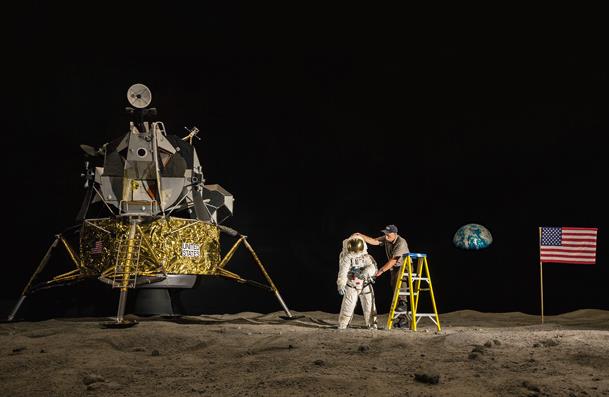



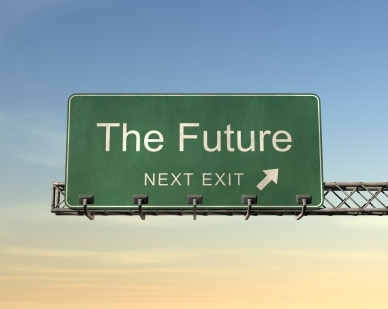


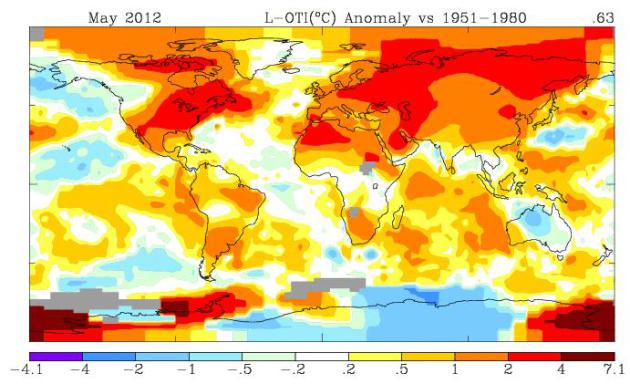
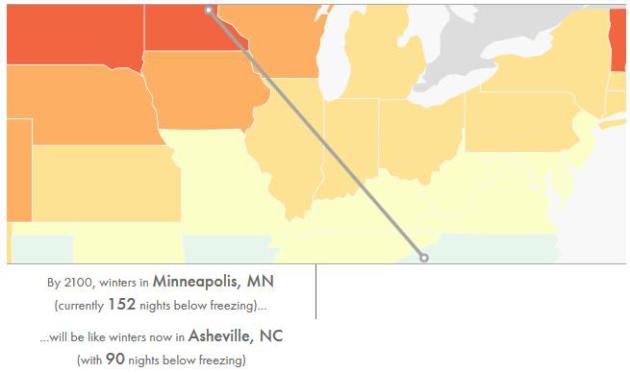
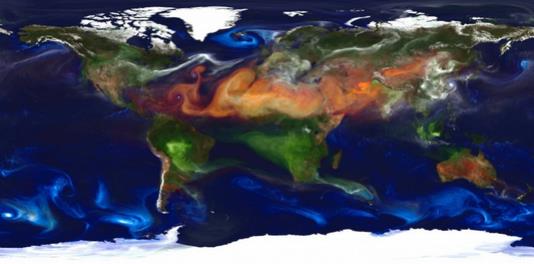
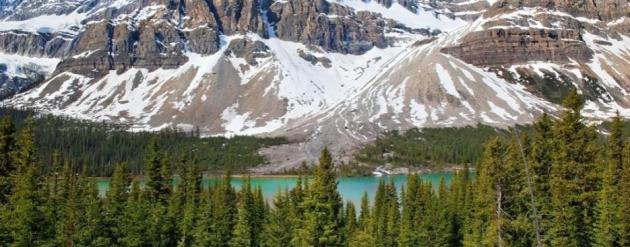
No comments:
Post a Comment